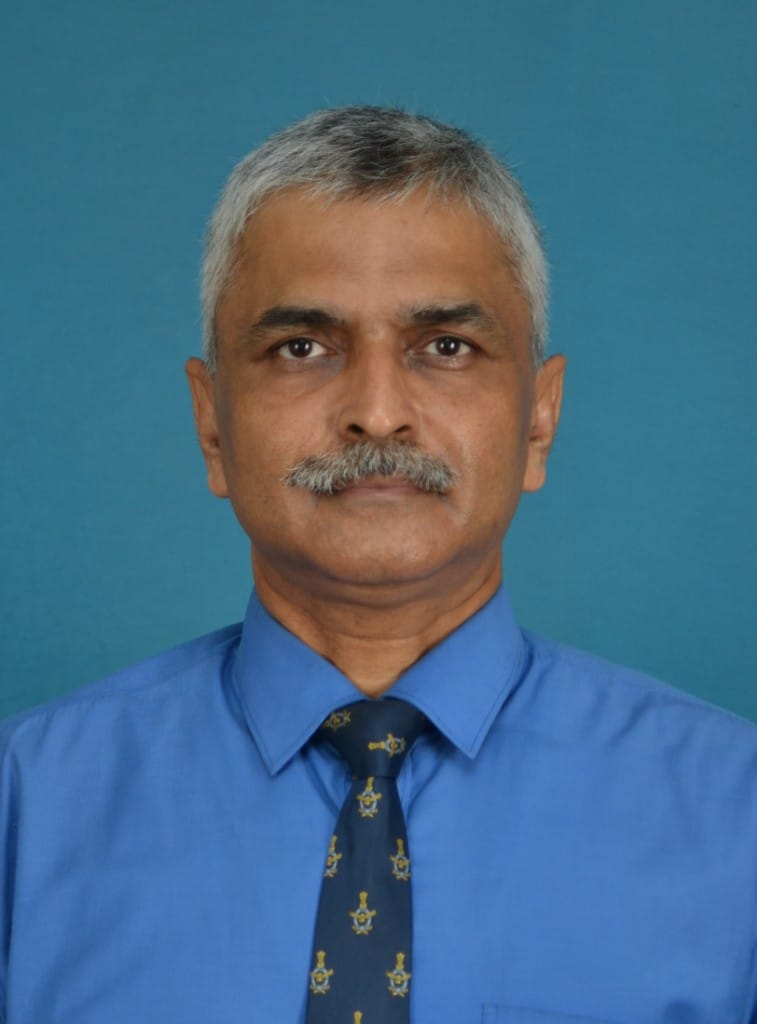by Gp. Cap. Anupam Banerjee (r.), Senior Consultant-SIDM
As the nation was making an all-out effort to come out of the severe impact of the second wave of the deadly COVID-19 pandemic, the promulgation of the 2nd Positive Indigenisation List of 108 items by the Ministry of Defence on 31st May, brought some much-needed cheer to the Indian Defence Industry.
This list was a follow up to the first list of 101 items that was earlier released in August 2020. Promulgation of these lists are widely perceived by stakeholders as very significant steps towards achieving a key result area of the Government, i.e., strengthening the indigenisation of defence equipment.
The ‘Second Positive Indigenisation List’ comprises complex systems, sensors, simulators, weapons, and ammunitions; like Helicopters, Next Generation Corvettes, Air Borne Early Warning and Control (AEW&C) systems, Tank Engines, Medium Power Radar for Mountains, MRSAM Weapon Systems etc., to name a few. The second list is planned to be implemented progressively with effect from December 2021 to December 2025. The items promulgated span a large spectrum of Defence Technology, that incorporate a vast range – from the powering of next-generation Main Battle Tanks to complex command and control systems of Warships.
The Ministry of Defence while announcing the list mentioned in a press statement, that the second list lays special focus on weapons/systems which are currently under development/trials and are likely to translate into firm orders in the future. It added that along similar lines as that of the first list, import substitution of ammunition, which is a recurring requirement, has been given special focus. It emphasised that the Defence Research and Development Organisation (DRDO) and Service Headquarters will take all the necessary steps, including provision of extensive guidance to the industry, to ensure that the timelines mentioned in the ‘Second Positive Indigenisation List’ are met.
The first list also had important weapon systems like artillery guns, assault rifles, wheeled armoured fighting vehicles (AFVs), corvettes, SONAR systems, transport aircrafts, light combat helicopters (LCHs), Radars, etc.
The major components of defence acquisition consist of Research and Development (R&D), Production, and Procurement. The promulgation of these lists signals a firm commitment by the Government to ensure indigenisation of the third component, by boosting the first two components in the country.
The typical issues faced by the defence industry of our country are well known. The small, actually – single customer base in the form of the Armed Forces; the scale of orders not matching the cost of investment in R&D, thus becoming an unprofitable proposition; no long term commitment in terms of orders; and non-transparent future procurement plans, are some of the major woes plaguing the indigenous defence industry.
An indigenous defence industry is a crucial objective for India, considering its security environment and stated strategic objectives. However, India remains heavily reliant on imports, especially for major platforms – despite having old and well-established Defence R&D and Manufacturing facilities. A large defence budget coupled with high import dependency does not auger well for an economy which is under tremendous pressure because of the pandemic and needs urgent recovery.
The political leadership – the final decision-maker on matters pertaining to acquisition, have signalled the will to ‘walk the talk’, through some very important policy changes in the recent past. Now the ball is in the court of the Indian Defence Manufacturing ecosystem, regarding whether they will board the ‘Flight of Indigenisation’ on the ‘Runway to a Billion Opportunities’, and ensure a safe landing at their destination – ‘Atmanirbhar Bharat’.
About the author: Group Captain Anupam Banerjee (r.), is a senior consultant – Society of Indian Defence Manufacturers and former spokesperson of Indian Air Force.


